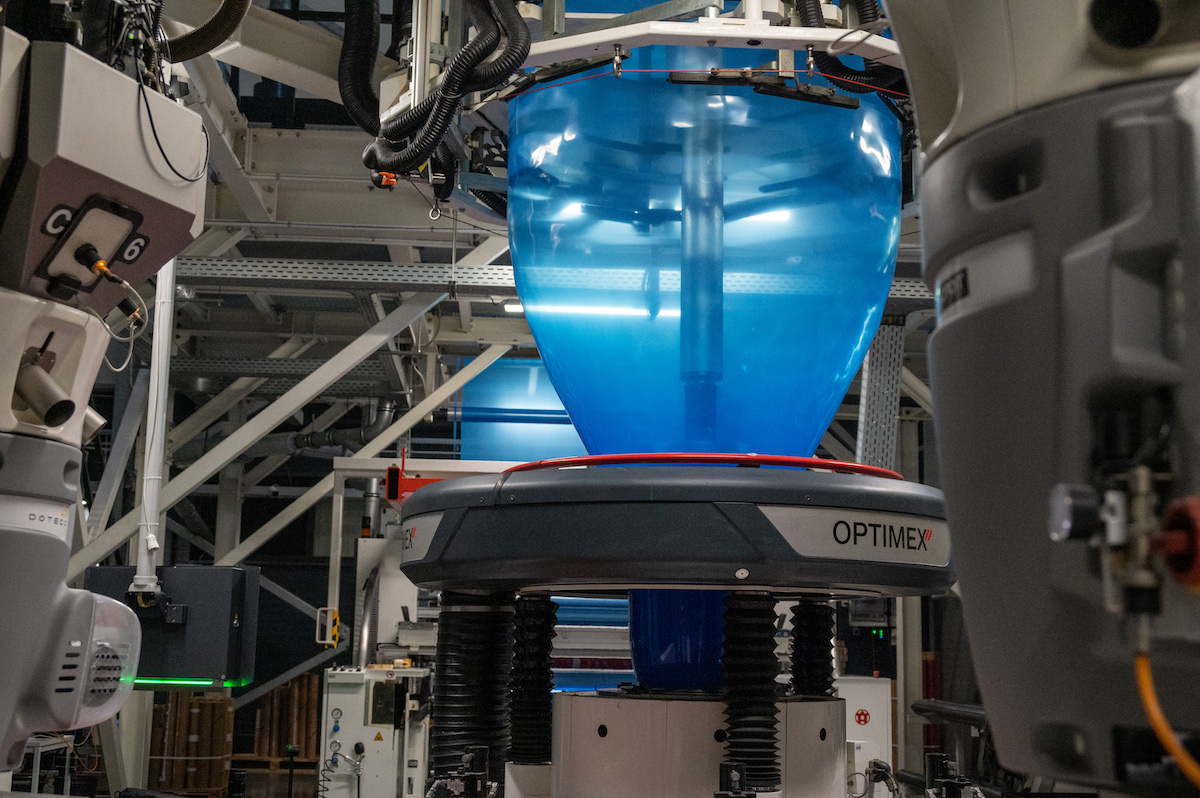




Low-density polyethylene (LDPE) is a thermoplastic made from the monomer ethylene. It was the first polyethylene to be produced – it was discovered accidentally in 1933 by two scientists at Imperial Chemical Industries (ICI). Since its discovery, LDPE has become an important material for use in a variety of products due to its flexibility and resistance to chemicals, moisture, and impact.
LDPE has a wide range of applications due to its characteristics. These include its use as an electrical insulation material, as a packaging material for food and pharmaceuticals, and in medical devices. It can also be used for pipes, films, bottles, and toys. LDPE is often blended with other materials to increase its strength and durability.
In this article, we will discuss the properties of LDPE, its benefits, and why it’s so widely used in the packaging industry.
Low-density polyethylene (LDPE) is a thermoplastic made from the monomer ethylene. LDPE has a low density and is semi-rigid, meaning it can be formed into shapes but will not hold its shape when stretched or bent. It also has good resistance to chemicals, moisture, and impact.
The structure of LDPE consists of long chains of carbon atoms that are joined together by single bonds between them. This results in an amorphous material with no fixed shape at room temperature due to its molecular flexibility. Its flexible nature gives it an advantage over other plastics as it can be easily molded into different shapes without breaking down or becoming brittle over time.
Due to these properties, LDPE is used in many industries, such as packaging for food and pharmaceuticals, electrical insulation materials, pipes for plumbing systems, films for shrink wrap and bags, bottles for liquid storage containers like water and juices, toys, and medical devices. Additionally, it can be blended with other plastics, such as HDPE or PVC, to increase its strength and durability in certain applications where rigidity may be needed.
Low-density polyethylene (LDPE) is a popular material used in many industries due to its various benefits. It has low density, so it’s lightweight and easy to transport and store. This also means that less material is required for each product, reducing costs associated with production and transportation.
Additionally, LDPE has excellent chemical resistance, making it ideal for use in industries where hazardous chemicals may be present or stored. It’s also highly resistant to moisture absorption, meaning products made from this plastic will not become damaged by water over time like other materials would.
Its flexibility allows it to be easily molded into different shapes without breaking down or becoming brittle when stretched or bent. This makes LDPE suitable for applications like pipes, films, bottles and toys as well as medical devices such as catheters and syringes which require extreme precision during manufacture but must still be flexible enough to perform their intended function properly after they have been produced.
Furthermore, LDPE can be blended with other plastics such as HDPE or PVC to increase its strength while preserving much of its original characteristics including flexibility and chemical resistance – an important factor when considering the safety of food packaging materials which are exposed directly to their contents on a daily basis.
Low-density polyethylene (LDPE) is a popular thermoplastic used in many industries due to its excellent chemical resistance, moisture absorption resistance, flexibility and low density. These properties make it suitable for use in electrical insulation materials, pipes and films as well as medical devices such as catheters and syringes.
Additionally, LDPE can be blended with other plastics to increase its strength while preserving much of its original characteristics. This makes it an ideal material for packaging food and pharmaceuticals or producing toys, bottles and other products where rigidity may be needed without compromising the safety of their contents.